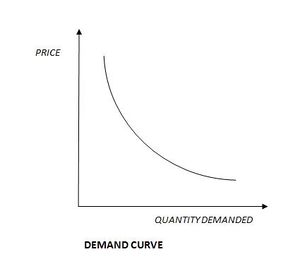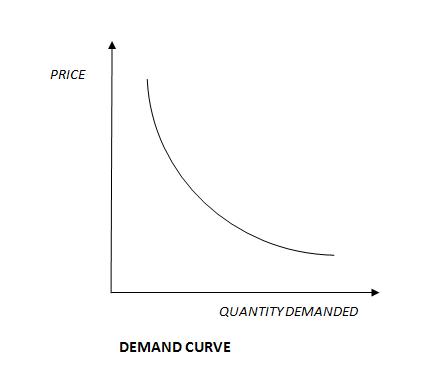Determinants of demand
| Factors affecting demand |
|---|
| See also |
Factors affecting demand are subject of study in macro-economics as well as marketing and strategic management. The amount of money which consumers have and plan to spend on goods or services influence global demand and business opportunities.
Determinants of demand
- personal consumption expenditures,
- private domestic investment (in housing, etc.),
- business operational spending,
- business investment spending,
- government spending,
- export.
Main factors affecting business demand
- changes in prices (of commodities, raw materials, services),
- prices of related or alternative goods and services,
- costs of supply chain management (cost of transport, IT services, storage, etc.)
- interest rate and investment climate (cost of credit, money supply),
- government policy (promotion of some industries, promotion of exports),
- laws and regulations (taxes, tariffs),
- job market situation (average wages, employment regulations),
- demographics, population growth in particular age or income group,
- nature of the good produced (high priced, exclusive, or low priced, in common use),

Fig. 1. Relations between price and demand
Main factors affecting personal demand
- changes in prices (usually lowering the prices of the product increase demand),
- prices of complementary goods and services (complementary goods are used together, so change in price of related good, affect demand on other),
- prices of substitute goods and services (people could choose substitute of good or service, which price is lower),
- changes in disposable income due to change in wages or taxes (usually the higher income, the more products people want to buy, this rule does not apply to so called inferior goods, or Giffen goods),
- attitudes towards saving for the future (influenced by fear of unemployment, etc.),
- changes in tastes and preferences (influenced by fashion, peer pressure, media, celebrity endorsement, advertising, promotion),
- changes in expectations (consumer predictions about future prices and income, rumours),
- changes in product and service quality,
- buildup of brand loyalty and groups of fans for particular product or company (ex. iPhone),
- changes in the number of potential customers
- changes in climate and weather patterns (hotter climate generate more demand for cold drinks, etc.),
Types of demand
- negative demand – caused by misunderstanding of promotional or advertising activities, rumours spread by competitors, attitudes of consumers, etc.
- no demand – caused by insufficient information about a good or service, indifference or lack of need for such product, no differentiation from competitive products,
- latent demand – caused by a gap between needs and desires of consumers and actual product present on the market, there are no products that could satisfy those needs but they may appear in the future,
- seasonal demand – dependent on time of year or day, consumers habits, regional demand patterns, holidays, etc.
- declining demand – for products going out of the market, changing technology or activities of competitors,
- irregular demand – there are no consistency in level of demand, it is influenced by unknown factors,
- overfull demand – demand is greater than production capacity of suppliers, often happens in controlled economies.
References
- Bound, J., & Holzer, H. J. (2000). Demand shifts, population adjustments, and labor market outcomes during the 1980s. Journal of labor Economics, 18(1), 20-54.
- Lohmann, M. (2004, October). New demand factors in tourism. In The European Tourism Forum.
- Katz, L. F., & Murphy, K. M. (1991). Changes in relative wages, 1963-1987: Supply and demand factors (No. w3927). National Bureau of Economic Research.
Author: Krzysztof Wozniak

